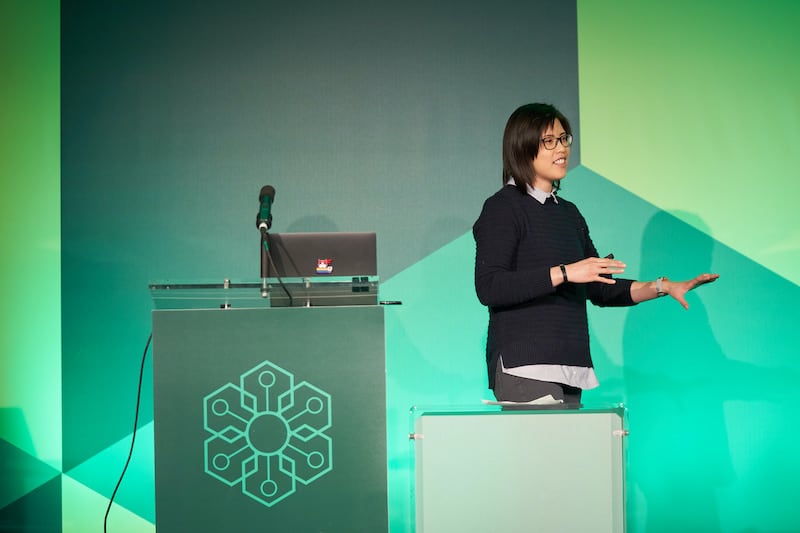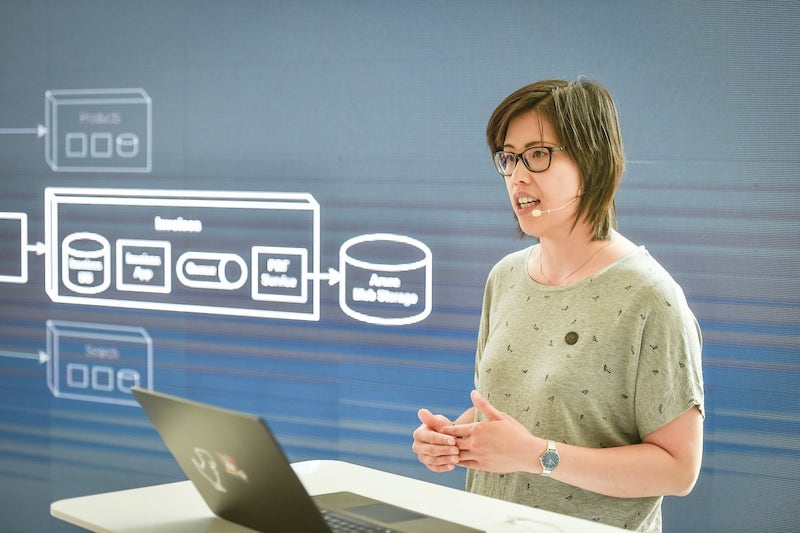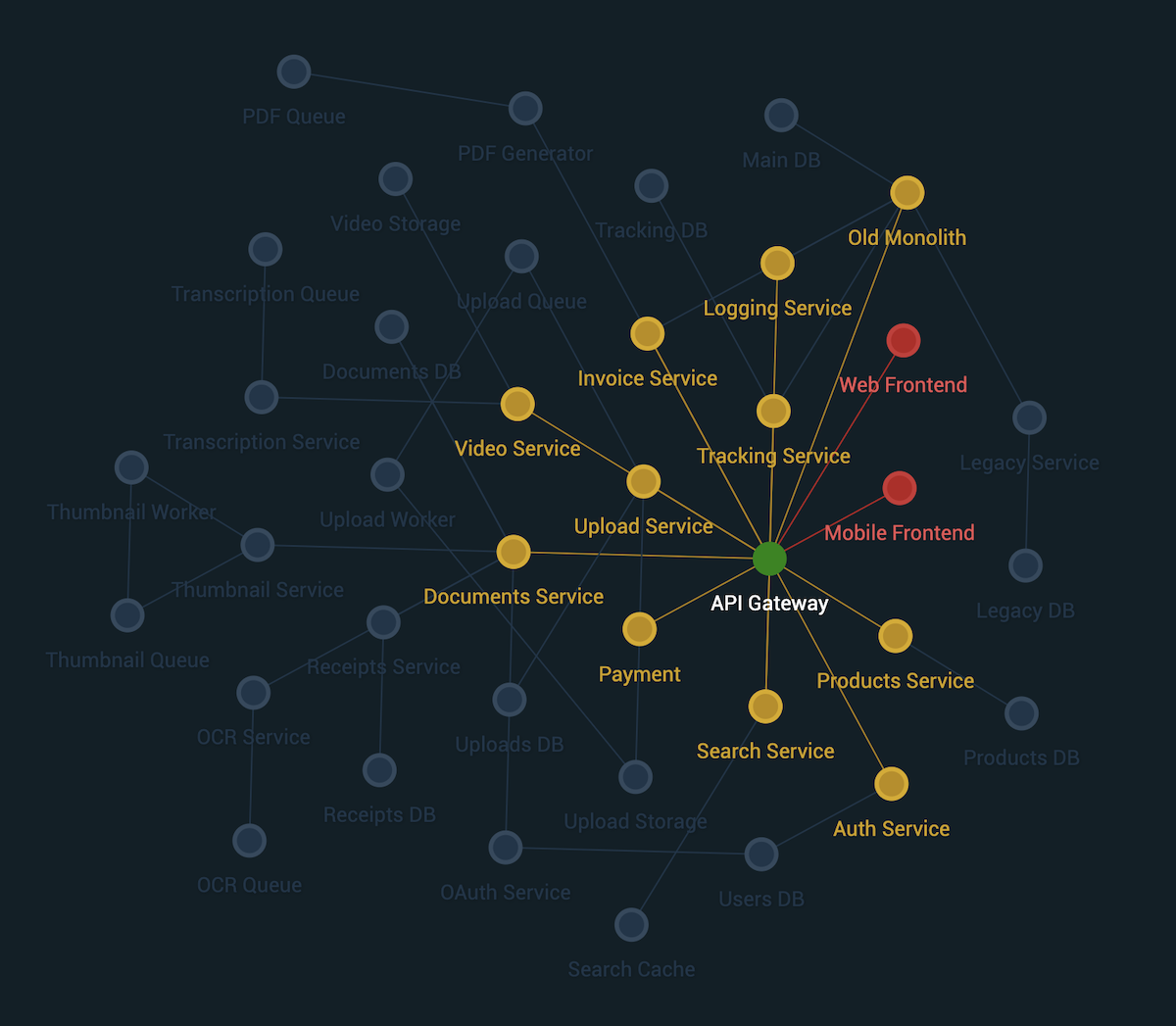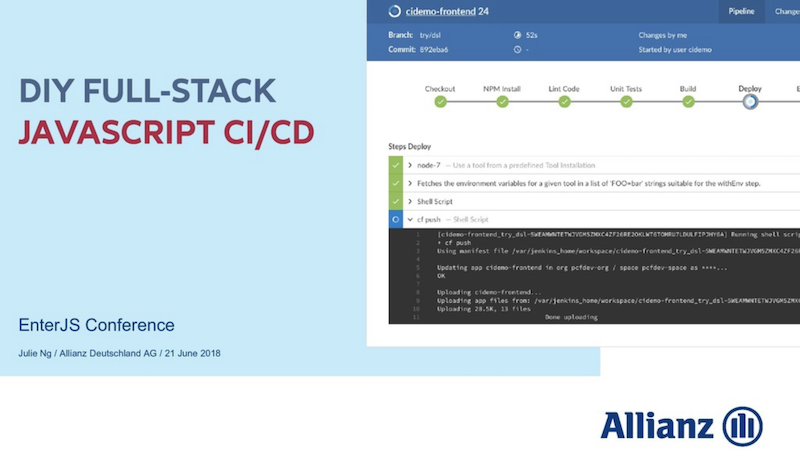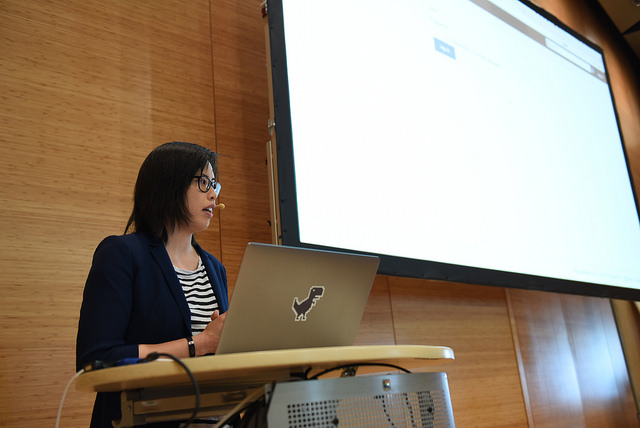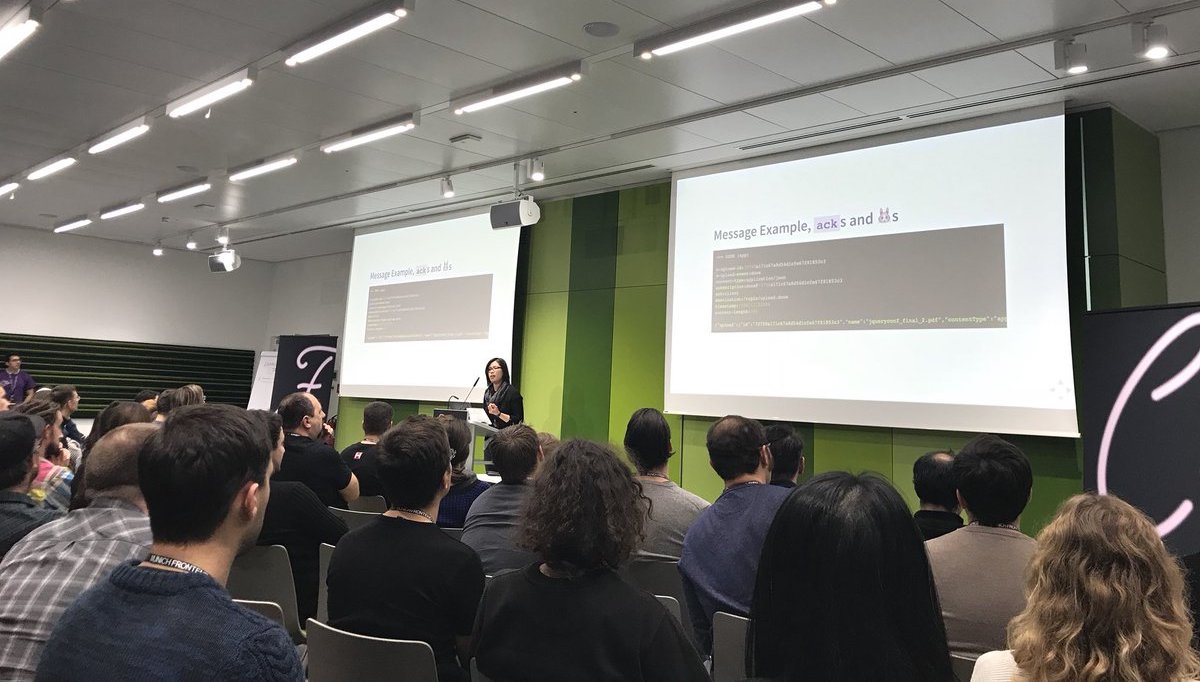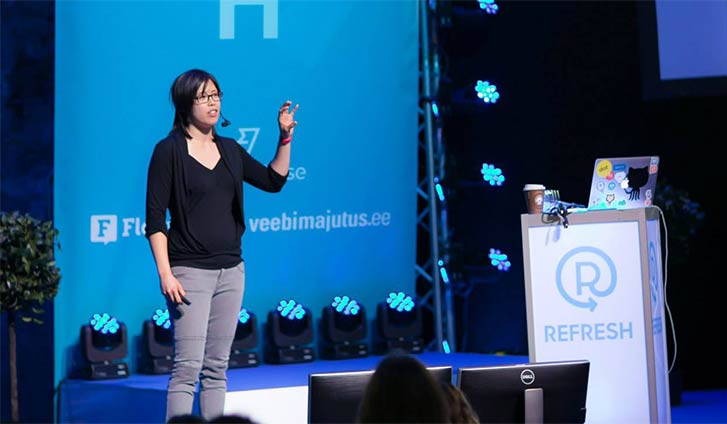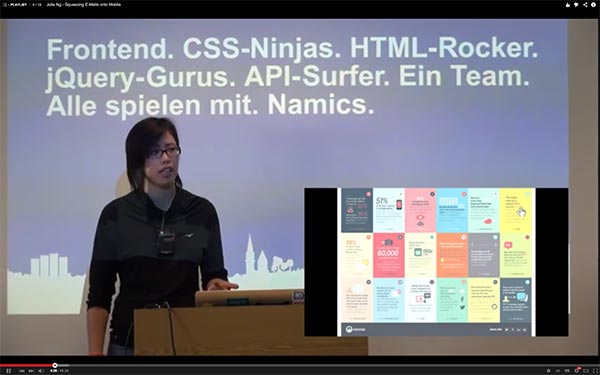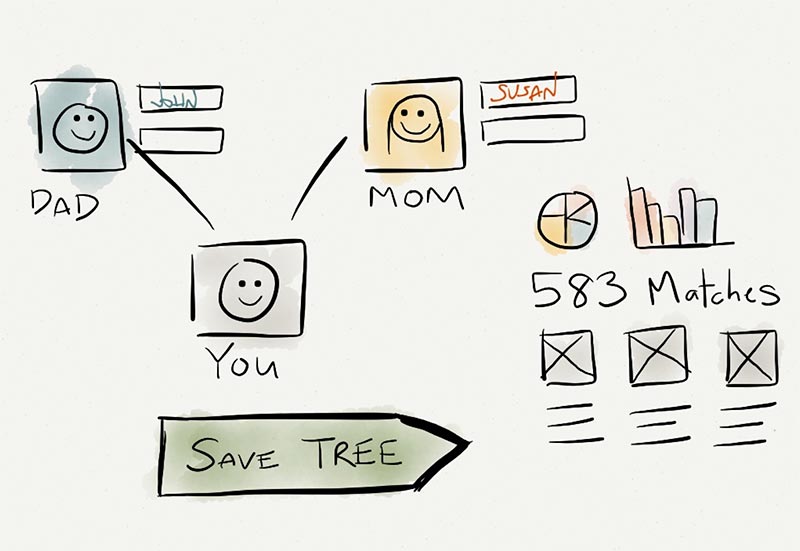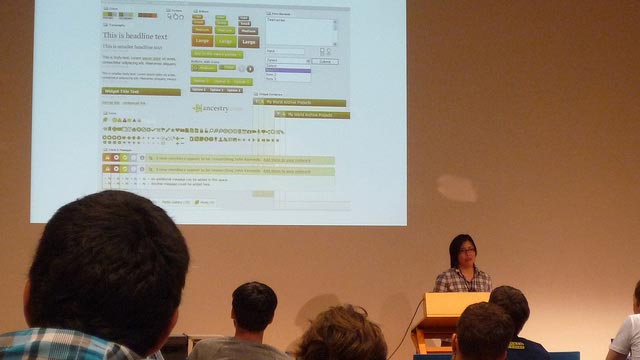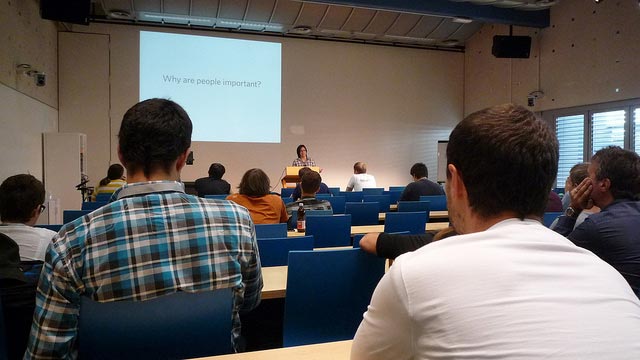Hello Visualizing cloud architectures in real time with d3.js
NodeConf EU
10-14 November 2019
Kilkenny, Ireland
If you have multiple development teams, your cloud architecture probably feels organic changing with agile development cycles. We may ship faster and scale faster. But we can also get lost more easily as complexity grows. Automated monitoring tools come at the price of information overload.
Let's bring some clarity back into the picture by filtering out the technical noise to see how cloud architectures were designed to behave. We'll create our our own microservice architecture visualization frontend using d3.js. Then we'll integrate some backend monitoring, sprinkle in some animation with JS and CSS, and voilà - we can watch how our architecture dances - in real time!
